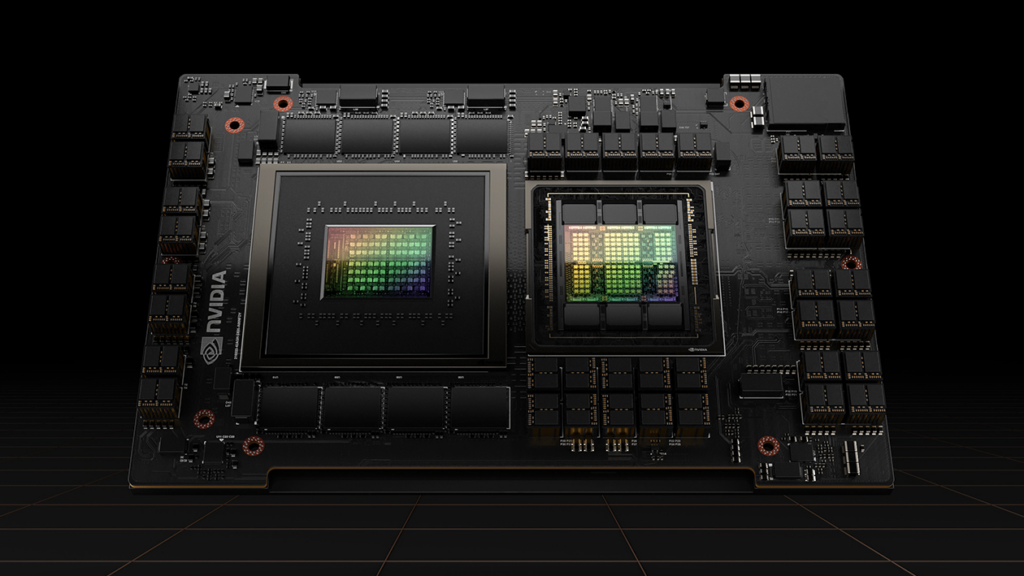Squishmallow Hype, AI and Regulation


By Margaret Carpo
Senior Vice President
Clarity, San Francisco
If you thought you were reading a lot about AI recently, you ain’t seen nothing yet.
U.S. news media is currently focused on the outcomes of Congress’ first AI Insight forum beginning September 13 with a focus on AI regulation. Hosted by Senator Chuck Schumer, ‘A-list’ participants include Jensen Huang from Nvidia; Eric Schmidt, former chief executive of Google; Sundar Pichai, current CEO of Google; Sam Altman from OpenAI; Satya Nadella, CEO of Microsoft, and more.
These are the first of several meetings for lawmakers to hear from AI experts about what’s to come in the technology sector, alongside a deeper discussion about the opportunities and risks of AI. But that’s not all that’s happening in the AI universe this month.
Dreamforce (from Salesforce) took place in San Francisco this week, self-proclaiming itself as the AI Event of the Year, or even better, “the largest and most magical AI event ever.” The celebrity guest list included Spike Lee, The Foo Fighters, Matthew McConaughey, Will.i.am and Viola Davis.
In NYC, Fast Company’s Innovation Festival is kicking off next week from September 18 with speaking tracks including how AI is reshaping human creativity in fashion and design, and reimagining how AI will change the way we live, work and travel. The event is even complemented by exclusive dinners with New York’s powerhouse chefs and a chance to mingle with Fast Company editorial staff and connect with fellow festival guests - fun!
TechCrunch Disrupt is also happening from September 19 in San Francisco, and AI is a strong force on the agenda. There will be an entire day and stage dedicated to AI, and DeepMind (the AI lab Google acquired in 2014) will be there leading discussions. Topics on the agenda include AI in the workplace, AI in driving, AI in ethics and, of course, AI regulation.
September is truly causing a tempest of AI news, announcements, events and activity. And we are only just getting started.
So with conversations around AI likely to ramp up again over the next few weeks in light of industry movements and a busy event schedule, how can we distinguish hype from reality when it comes to these new tech developments?
The answer lies in supply and demand. To bring what I mean here to life I’m going to use the analogy of Squishmallows, because they are adorable and aren’t we all tired of intangible data?
If you don’t have a Gen Alpha (under 13-year-old) in your home, let me enlighten you. Squishmallows were first created in 2017 by Kellytoy, a California-based toy company. Since their introduction, the marshmallow-soft plush toys have built a cult-like popularity. Remember Beanie Babies?
The manufacturers of squishmallows release new designs regularly and produce limited quantities of each design. This means once a particular design sells out, it may be difficult or even impossible to find again. This makes Squishmallows highly sought-after and people find themselves on “Squishmallow hunts” searching multiple stores and online to find the coveted plushie they’re looking for. Parents, you probably know what I’m talking about.

Source: Kellytoys
Just like Squishmallows, demand for the hardware chips needed to run AI currently exceeds supply – creating scarcity. However, unlike Squishmallows, AI chips are incredibly hard to produce, requiring billions of transistors and complex semiconductor manufacturing processes that no one country can do on its own.

Where Squishmallows are soft, fluffy and huggable, AI chips are tiny and intricate. They’re composed of Graphics Processing Units (GPUs), field-programmable gate arrays (FPGAs), and application-specific integrated circuits (ASICs) all specialized for AI. A GPU is a processor made up of many smaller and more specialized cores that work together to deliver massive performance. These powerhouse processors are needed for handling complex AI calculations, specially optimized in terms of design concept, architecture, computing power, power consumption and flexibility. This is how when you ask generative AI a question, it can answer you in five to 10 milliseconds - the time it takes to blink an eye.
Like hard to find Squishmallows, coveted AI chips like the NVIDIA H100 AI-focused system are a hot commodity. On eBay AI chips can sell for $40k a unit. Scarcity is further fuelled by the chip industry supply chain trying to catch up with demand, sometimes even due to the advanced packaging used to enclose a chip according to TSMC (the Taiwan Semiconductor Manufacturing Company) which expects this current hardware shortage will persist for a few years.
In the meantime, the main producer of coveted AI chips, NVIDIA, continues to dominate the market as evidenced by its rocket stock market prices.
AI has the scope to transform everything. But funding, infrastructure, supply chain and government regulations need time to catch up with AI innovation’s demand. And don’t forget the hidden cost of energy, massive power, and cooling resources necessary for AI to function. Without the right supply chain in place, the AI evolution we’re always reading about may still be some years or even decades away.
So while technology leaders and lawmakers deliberate the risks of AI these coming weeks, the best advice I’ve heard comes from Nicolas Thompson, CEO at the Atlantic, who highlights one of the most successful engineering prompt phrases to help Large Language Models (LLMs) master maths problems is: “Let’s take a deep breath and work on this step-by-step.” Without using the phrase “taking a deep breath” AI accuracy apparently dropped by almost ten points.
Communications has a vital role to play shaping the narrative surrounding AI and regulation. We can’t just stand by and watch - we need to participate, ask tough questions, keep pace with the world’s most progressive companies and focus on how to help explain technology better to broader audiences.
Communications can help bridge the gap between the technical aspects of AI and the public’s understanding, building trust, facilitating collaboration and dialogue, understanding diverse viewpoints, and working with various stakeholders to support transparent, responsible and beneficial AI deployment. In light of this, AI regulation should be seen not as a hindrance but a compass in a journey we are only beginning to understand.
Interested in more insight on this topic? Check out our recent report about AI in Comms, and reach out if you’d be interested in speaking about how we can support you to navigate the evolving AI landscape.
Receive all the latest news, events, and insights on B2B tech, marketing, and communications with Clarity’s free monthly newsletter.
Share this
As a consultancy, our full-funnel marketing and communications solutions are designed to fearlessly deliver business results across multiple industries and service areas.
